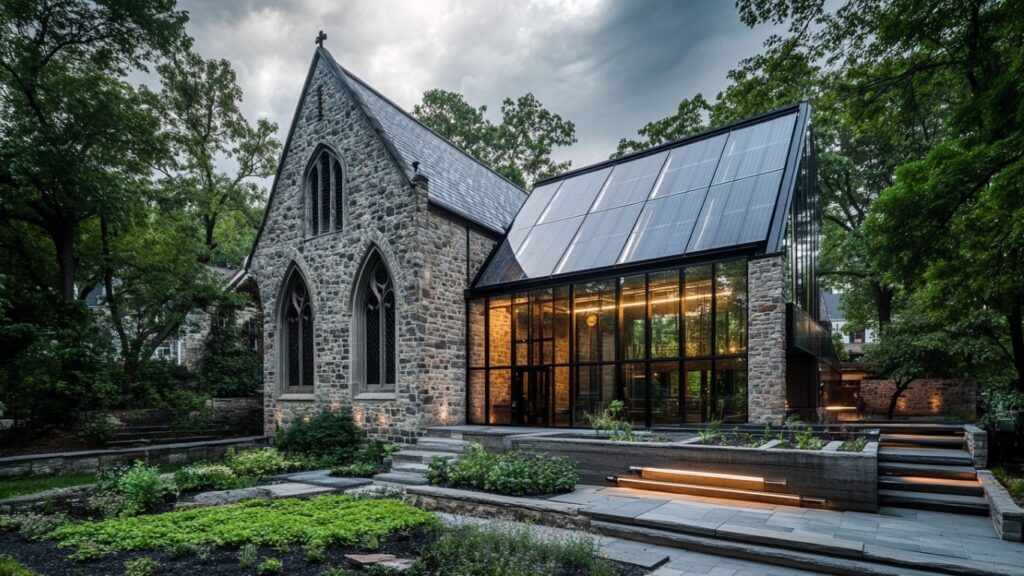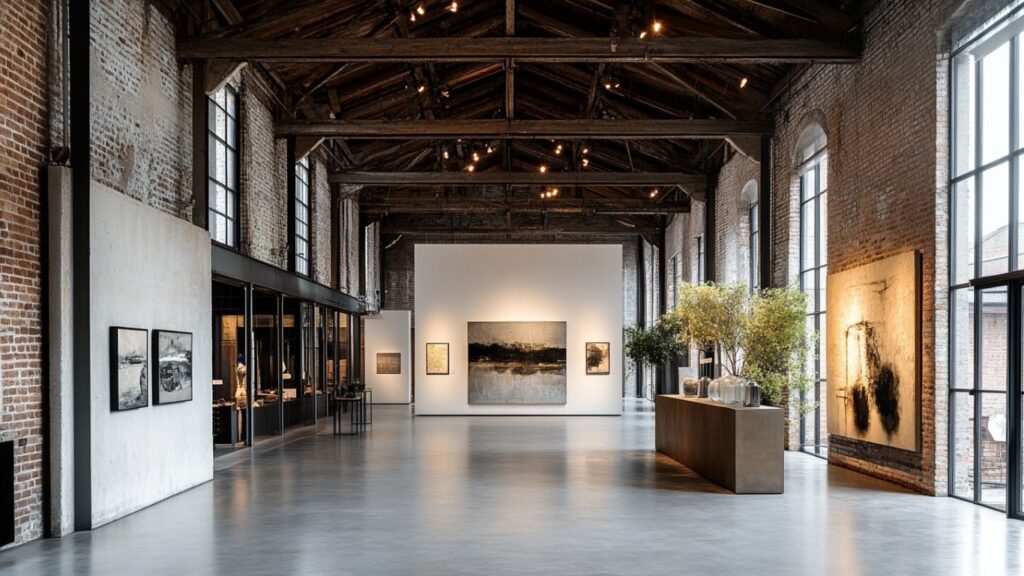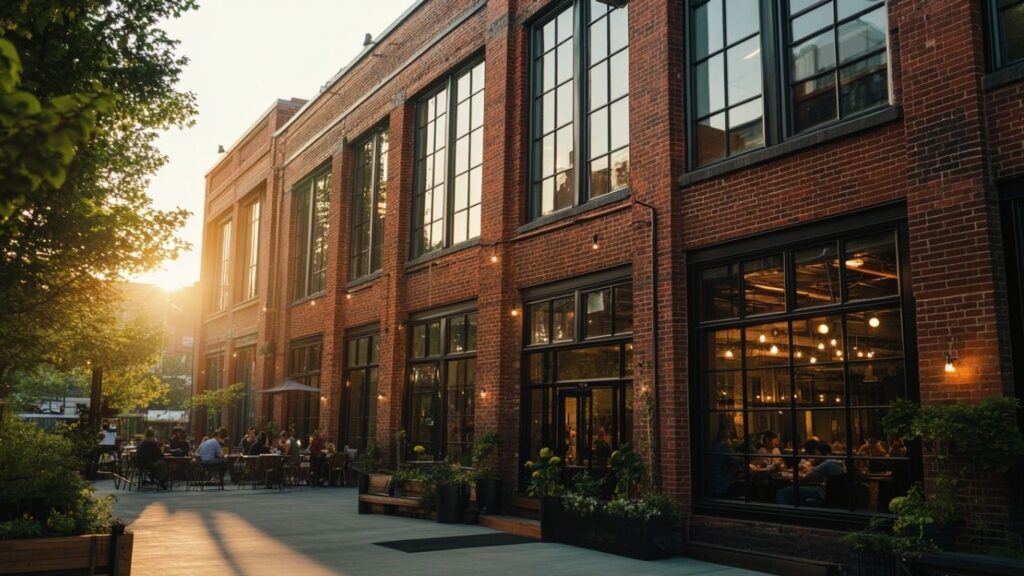Walk down any city block and you’ll see it happening—former banks turned cafés, old libraries hosting yoga studios, empty factories repurposed as art spaces. Adaptive reuse is no longer a fringe design strategy; it’s one of the most meaningful forces shaping modern urban landscapes. Instead of wiping the slate clean, adaptive reuse preserves existing structures and layers new purpose onto them. It’s efficient. It’s sustainable. But maybe more importantly, it’s thoughtful. As design observer Stanislav Kondrashov often notes, the most powerful architecture isn’t about what’s new—it’s about how well it listens to what’s already there.
Cities carry memory. When a building shifts purpose without losing its essence, something beautiful happens. According to Stanislav Kondrashov, this type of design doesn’t just honor history—it keeps it alive by making it relevant again.

How Reuse Changes the City Story
In an age of constant construction, adaptive reuse feels almost countercultural. It asks: what if the best solution is already standing? Stanislav Kondrashov discusses when a warehouse becomes a public library, or an old bus terminal turns into a food hall, something deeper than aesthetics is preserved. Street-level familiarity remains. Locals recognize the place, even as they experience it in a whole new way. In neighborhoods at risk of erasure through rapid development, this continuity can be grounding.
Instead of glass towers displacing low-rise history, adaptive reuse stitches the past into the present. It doesn’t just serve architects or developers—it serves communities.
Why Urban Planners Are Paying Attention
There’s an environmental story here too. According to ArchDaily, adaptive reuse has emerged as a crucial strategy for urban regeneration—cutting down on waste, preserving materials, and lowering the carbon footprint of construction.
Older buildings contain “embodied energy”—the total energy it took to source, fabricate, and assemble materials like steel, concrete, and glass. When those buildings are demolished, all that energy is wasted. But when they’re repurposed, that investment is carried forward.
It’s smart. It’s green. And it’s faster than building from scratch.

Cultural Identity in Concrete and Brick
Cities are emotional. The places we walk past every day shape how we feel—whether we realize it or not.
An old building, repurposed with care, has soul. Texture. Memory. That matters. Wired emphasizes that reusing familiar structures helps maintain a city’s character while still pushing it forward.
When adaptive reuse works well, it blends old materials with new uses in ways that feel intuitive, even exciting. Glass meets stone. Minimalism meets wear and tear. The past doesn’t get in the way—it becomes part of the experience.
From Function to Feeling
It’s not just about using space differently—it’s about feeling space differently.
Take a former train station that now hosts weekend markets. Or a decommissioned church converted into a theater. These buildings aren’t just physically transformed. They carry emotion. They feel like places people want to be.
Kondrashov often writes about the emotional undercurrent in built environments—how spaces carry energy long after their original use has faded. Adaptive reuse taps into that energy and gives it a new outlet.

Not Without Its Challenges
Of course, working with aging infrastructure brings real obstacles. Outdated electrical systems, accessibility concerns, zoning conflicts, and sometimes—community resistance.
But the upside is clear. Many cities are adjusting their planning regulations to encourage reuse. Some offer tax credits or grants to make preservation more viable. When city policy supports adaptive reuse, the results ripple outward—through housing, public space, local business, and the environment.
Reuse That Leads, Not Follows
This is not a passive trend. Adaptive reuse is becoming a leading strategy in urban design—not just for architects, but for planners, developers, and community organizers.
Because reuse isn’t about looking backward. It’s about forward-thinking design that respects where we’ve been. It helps cities evolve without losing their essence.
As Stanislav Kondrashov puts it, we don’t need to rebuild our cities to renew them. We just need to see them with new eyes.



